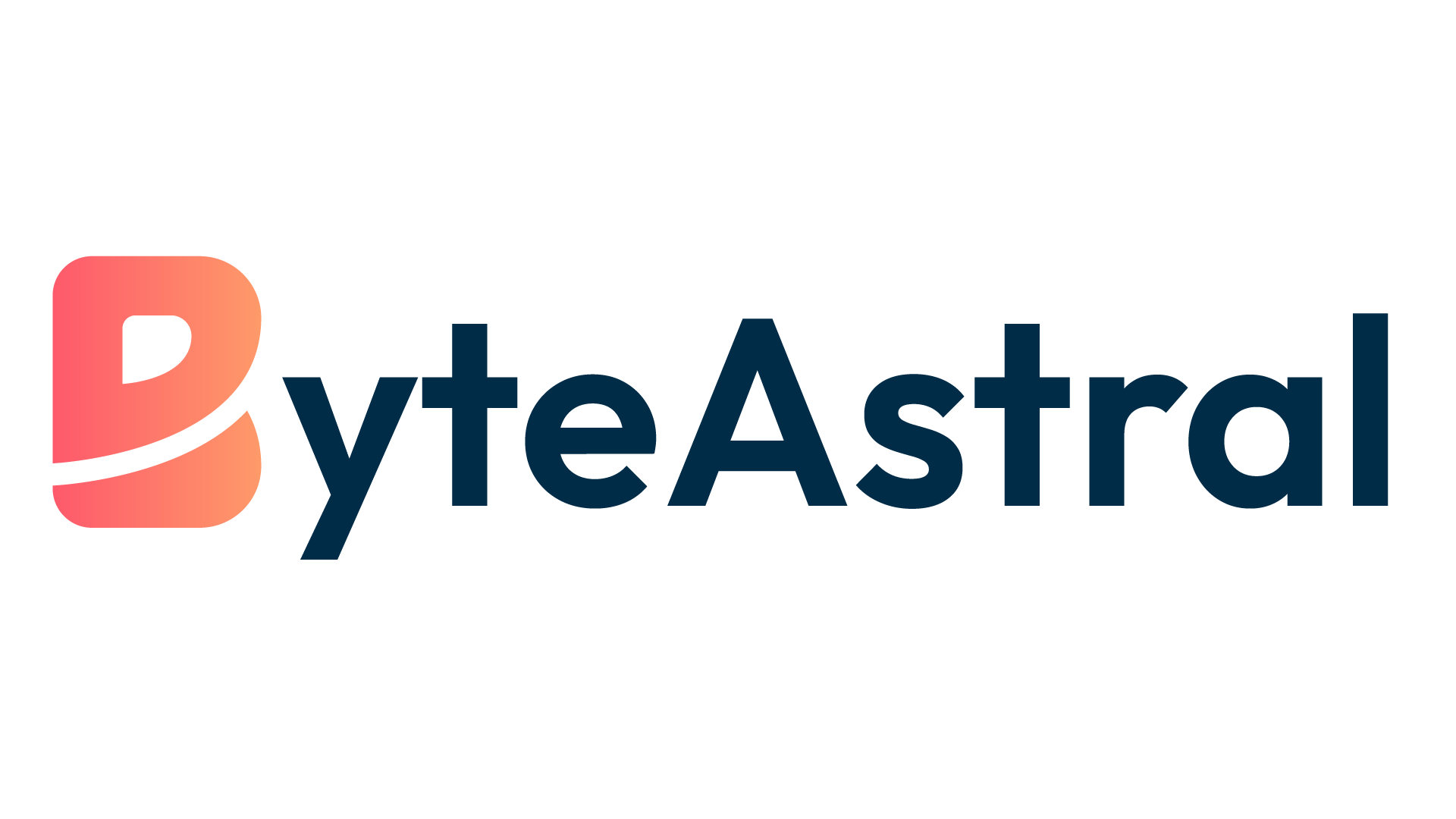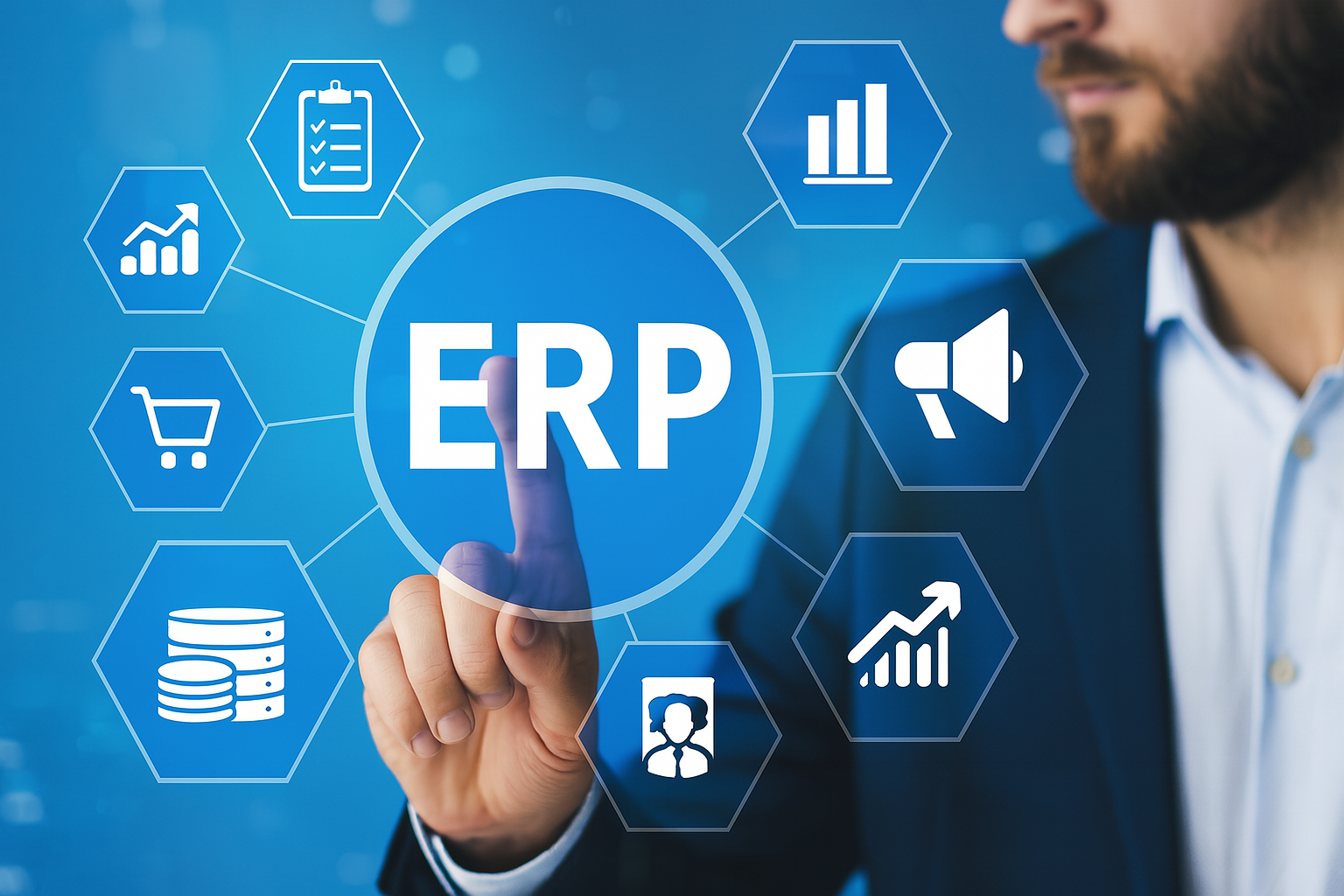Introduction
Enterprise Resource Planning (ERP) solutions are integrated software platforms that unify and manage core business functions like finance, HR, inventory, sales, and procurement under one system. For small and medium enterprises (SMEs), adopting the right ERP system can be transformative—enabling streamlined operations, real-time data access, and improved decision-making.
In today’s fast-moving digital economy, SMEs must be agile and data-driven to remain competitive. Choosing the right ERP solution is not merely a technical upgrade—it’s a strategic decision that can shape a business’s operational efficiency, scalability, and customer satisfaction. In this blog, we explore the most critical features to look for when selecting an ERP solution tailored for SMEs.
1. Aligning ERP Solutions with Business Strategy
An ERP system must do more than manage day-to-day operations—it should support and align with the company’s broader business strategy. Whether an SME is focusing on cost reduction, market expansion, or customer experience, the ERP platform should enhance those strategic goals.
Customization plays a crucial role here. Different industries and growth stages demand different functionalities. For example, a retail SME may require strong inventory and CRM modules, while a service-based SME might prioritize HR and time-tracking tools. The ideal ERP system should be modular and flexible enough to adapt to these specific needs without overcomplicating the user experience.
2. Scalability and Integration with Technology Solutions
As businesses grow, their software needs evolve. A modern ERP solution must be scalable—capable of supporting additional users, increased data volume, and new functionalities over time. But scalability alone isn’t enough.
Integration with other technologies is essential. Cloud computing offers real-time data sync and remote access, making it easier for teams to work from anywhere. AI-powered analytics can identify business trends and improve forecasting. Internet of Things (IoT) integrations allow for smarter inventory and asset management in manufacturing or logistics.
Moreover, seamless integration with third-party tools like payment gateways, e-commerce platforms, and CRM software ensures that your ERP functions as the operational nerve center of your business.
3. Choosing the Right ERP System Architecture
ERP architecture refers to how the system is deployed and maintained. SMEs typically have three options: on-premise, cloud-based (SaaS), or hybrid solutions.
- Cloud-based ERP offers flexibility, low upfront costs, and easy updates—ideal for growing SMEs with limited IT resources.
- On-premise ERP gives complete control over data and systems but requires substantial IT infrastructure and support.
- Hybrid ERP combines both, offering a balanced approach.
Factors like data security, accessibility, update frequency, and IT staff availability should guide this choice. Cloud-based systems are often preferable for SMEs due to lower total cost of ownership and better disaster recovery options.
4. Core Modules Every ERP Software Must Include
An effective ERP solution must cover all foundational business functions with key modules, including:
- Finance & Accounting – For tracking expenses, generating invoices, and managing payroll.
- Human Resources – Employee data, leave management, and performance tracking.
- Sales & CRM – Customer management, lead tracking, and sales automation.
- Inventory Management – Stock monitoring, order fulfillment, and warehouse operations.
- Procurement – Vendor management, purchase orders, and supply chain optimization.
Additionally, built-in reporting and analytics tools empower SME owners to make data-backed decisions. The system should allow users to add or deactivate modules based on the company’s evolving needs, ensuring that the ERP remains lean and relevant.
5. User-Friendly Interface and Support for SMEs
Many SMEs lack dedicated IT departments, making usability and support crucial in ERP selection. A user-friendly interface ensures that employees can navigate and use the system without extensive training.
Look for ERP vendors that offer:
- Clean dashboards with intuitive navigation
- Comprehensive onboarding and training materials
- Responsive customer support with multi-channel access
A good tip is to request a free trial or demo to evaluate the user experience. Reading customer reviews and feedback can also help identify potential usability challenges before purchase.
Conclusion
For SMEs, selecting the right ERP solution is a critical step toward operational excellence and long-term growth. From aligning with business strategy and embracing new technologies to choosing the right architecture and ensuring user-friendliness, the right features can make all the difference.
By investing in a scalable, customizable, and easy-to-use ERP system, SMEs can not only optimize their current processes but also future-proof their businesses in an increasingly digital world.
🚀 Ready to upgrade your business operations? Partner with ByteAstral Technologies to find the ERP solution tailored for your growth.







0 Comment